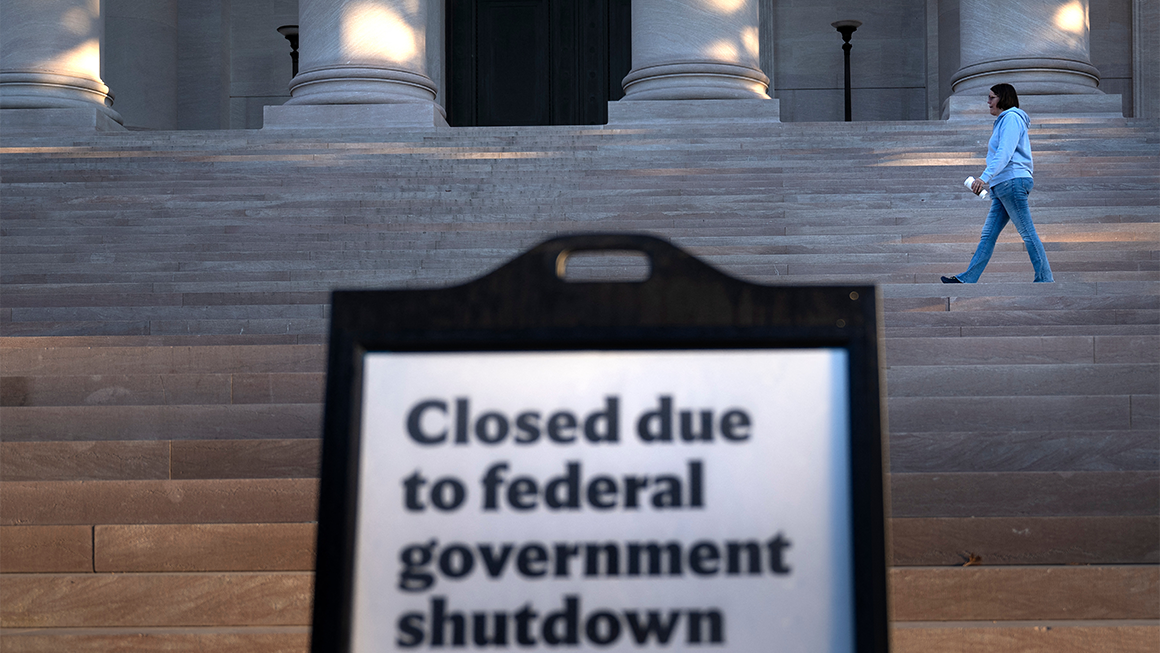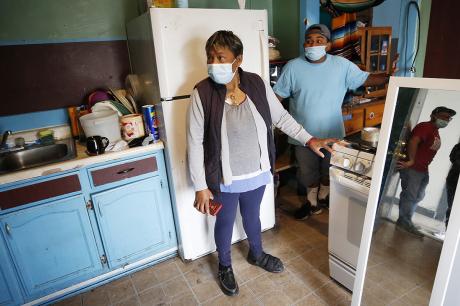Articles and analysis on today's issues

In this article, we explain nonprofits’ role in thriving communities, the amount of funding nonprofits receive from government sources, and the government funding challenges nonprofits were facing before the shutdown.
Emergency Rental Assistance Is Not Reaching Tenants with the Lowest Incomes Fast Enough New survey results show that renters with low incomes are having a hard time making their rental payments, but Emergency Rental Assistance funding isn’t reaching them quickly enough to prevent evictions.How Student Loan Borrowers Have Changed since 2008 Compared with 2008, student loan borrowers today are older, carry more debt on average, are more likely to have middle or higher incomes, and benefit from more flexible student loan repayment policies, which has implications for how we build public policy for borrowers.Four Ways to Improve Reentry for Formerly Incarcerated People with Behavioral Health Needs Service providers aiming to support the reentry of formerly incarcerated people with behavioral health needs can look to the lessons learned from Orange County’s successful implementation of Proposition 47 services.“Moving at the Speed of Trust”: How Environmental Justice Advocate-Researcher Collaborations Can Build Better Partnerships EJ advocates and researchers aren’t at odds but contribute diverse skill sets, tools, and expertise—and neither corners the market on any one resource or skill.How Funding Sources of Cash Transfer Programs Can Affect Participants’ Access to Safety Net Benefits Direct cash transfer programs are increasingly popular, but where the programs’ funding comes from can affect recipients’ eligibility for other benefits.Who Serves More People of Color in Mortgage Lending: Banks or Nonbanks? A new analysis shows banks make a lower proportion of their loans to neighborhoods and borrowers of color through both government and conventional lending channels.





